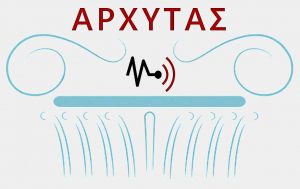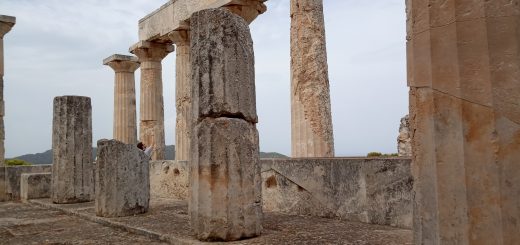Spatial variability of ground motion hazard and preliminary regional damage assessment of ancient monuments
Lachanas, C. G., Melissianos, V. E., and Vamvatsikos, D., 2020. Spatial variability of ground motion hazard and preliminary regional damage assessment of ancient monuments, in Proceedings of the 4th International Conference on Protection of Historical Constructions (PROHITECH 2021), 25-27 October, 2021, Athens, Greece. Link to the paper.
The seismic hazard is a spatial variable and its distribution depends on the site and soil conditions, the distance from the influencing faults, their geometric characteristics etc. To characterize a future seismic event, multiple correlated Intensity Measure (IM) fields are employed. In Greece and especially in the Attica region, there are numerous monuments of classical antiquity that are spread throughout the territory, e.g., the Temple of Poseidon in Sounio, the Ancient Walls of Piraeus etc., and not only in the center of the city of Athens, where the well-known Parthenon, the Temple of Olympian Zeus, etc. lie. To capture the ensemble risk of such widely distributed antiquities a regional risk assessment approach is adopted, based on the principles of the Performance-Based Earthquake Engineering. Event-Based Probabilistic Seismic Hazard Analysis (PSHA) is used as basis, where the distribution of the ΙΜ fields is evaluated for a stochastic event set, spanning thou-sands of realizations, allowing the estimation of damages over an entire region on an event-by-event basis. A basic application is offered by considering a typical single multi-drum column at each site of interest to assess its performance. Different fragility representation schemes are employed, and their consequences are compared for both the event-based and the classical approach of PSHA as a first decisive step towards the formulation of a comprehensive methodology for the assessment of seismic damages of ancient monuments within a region.




